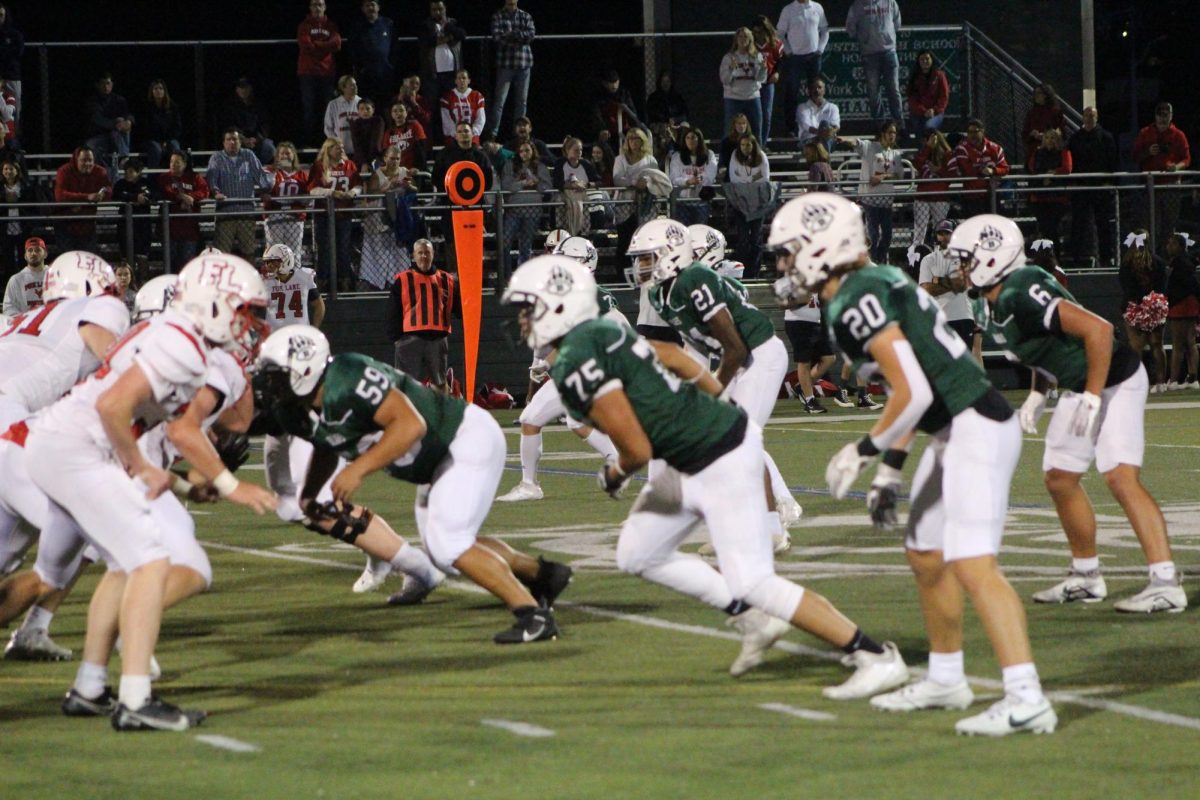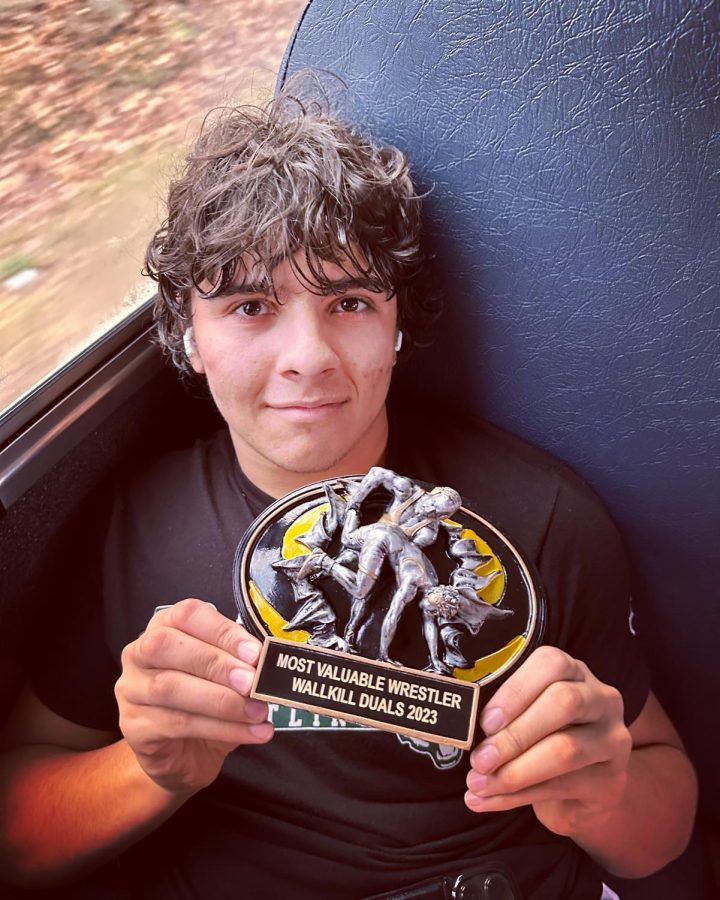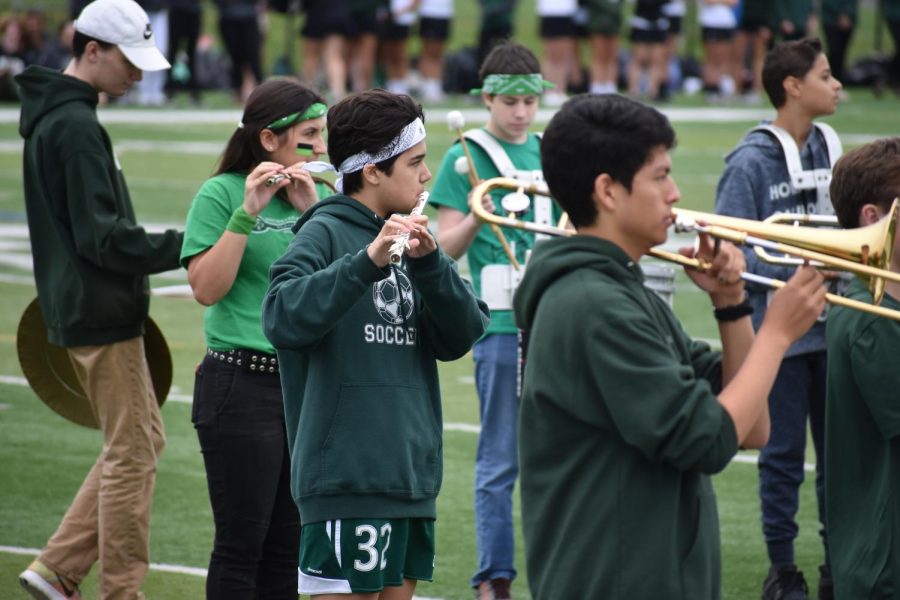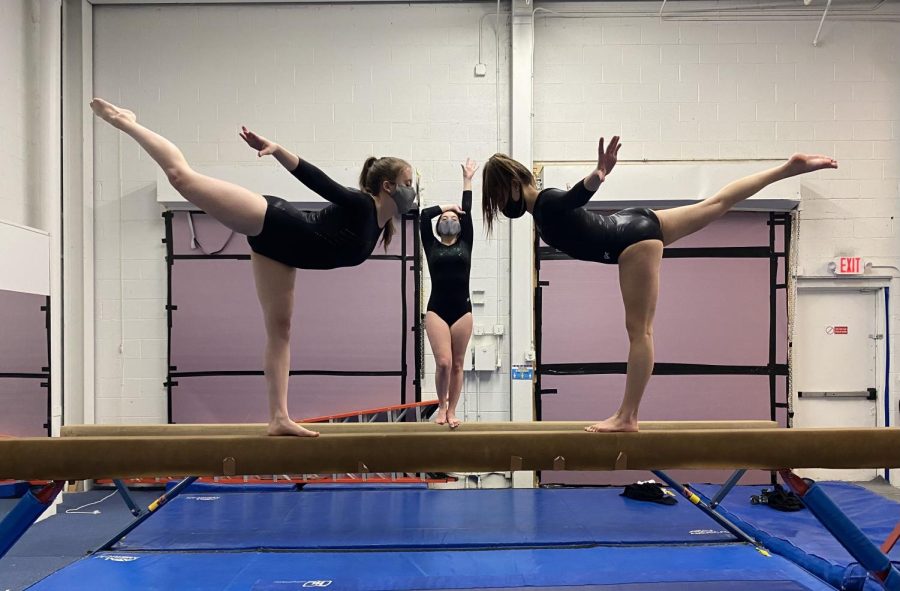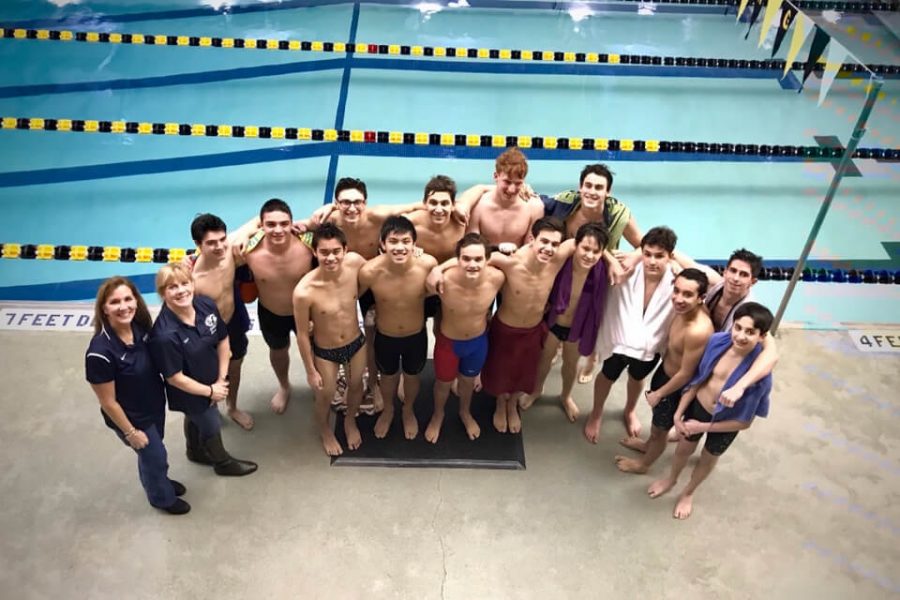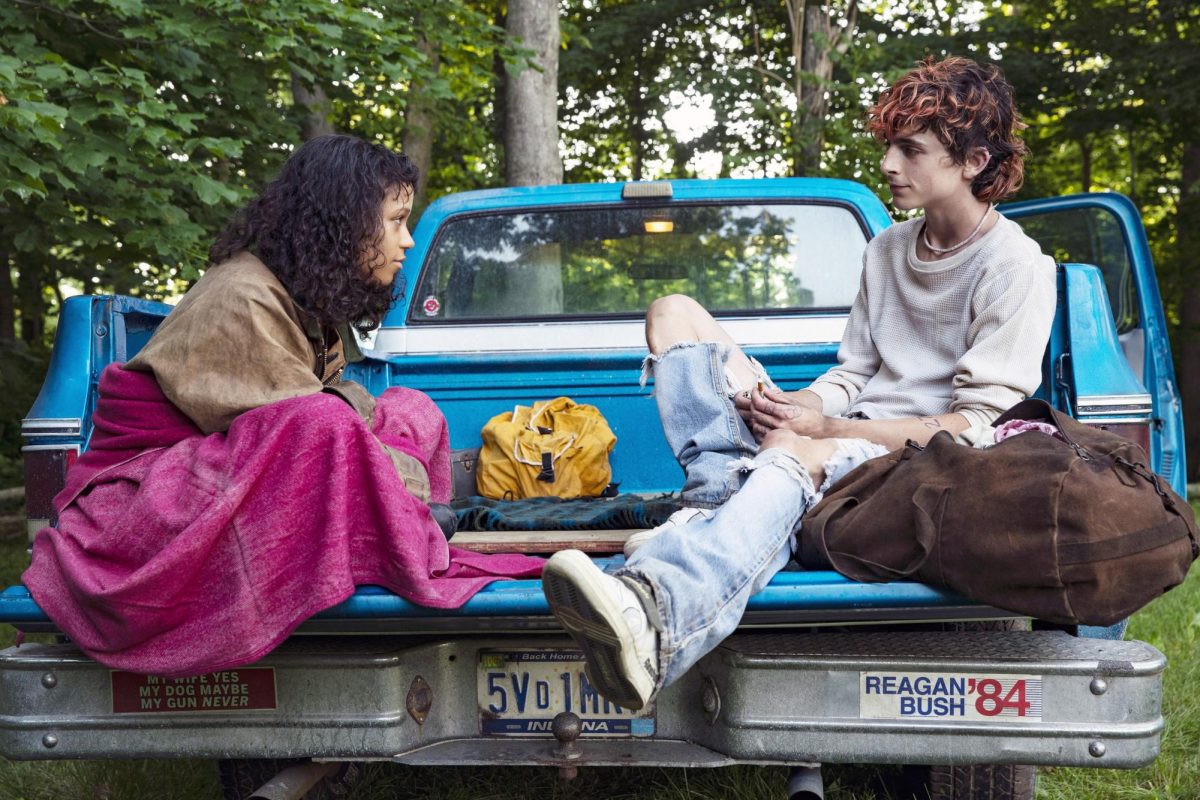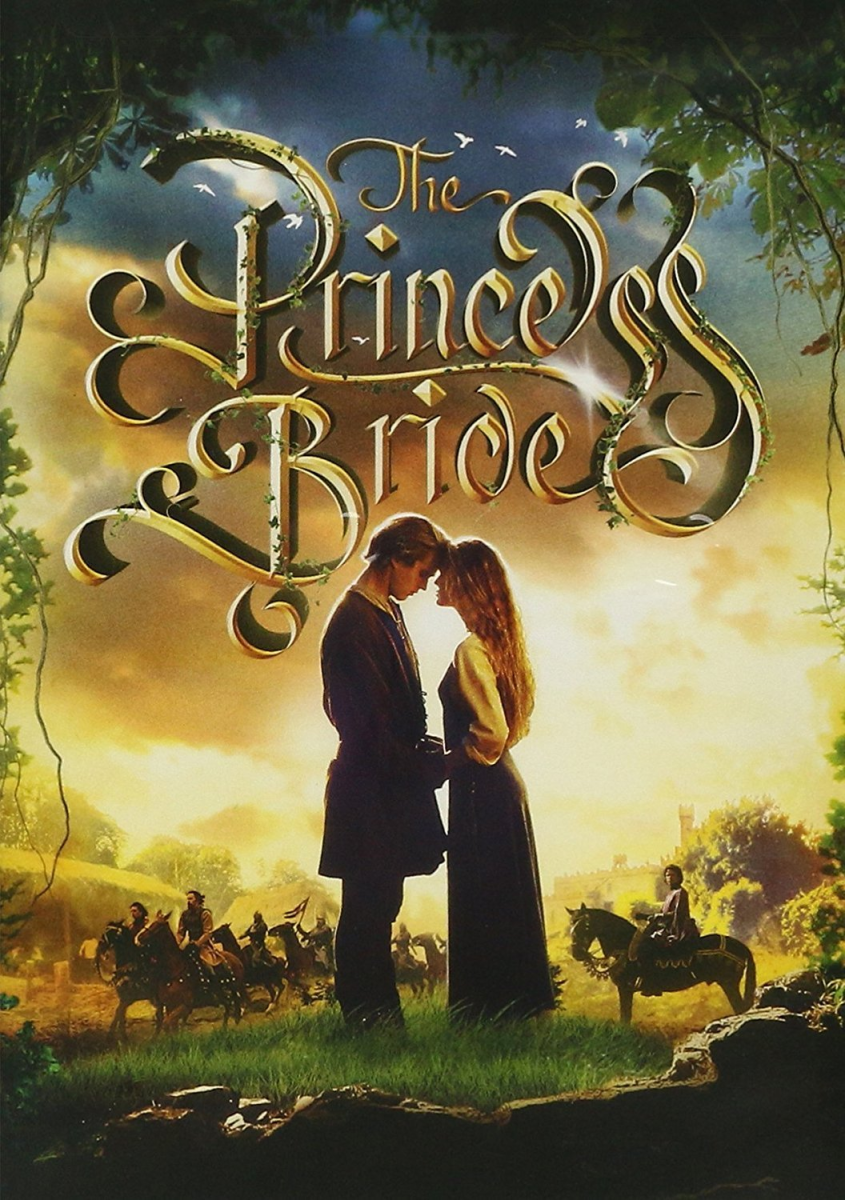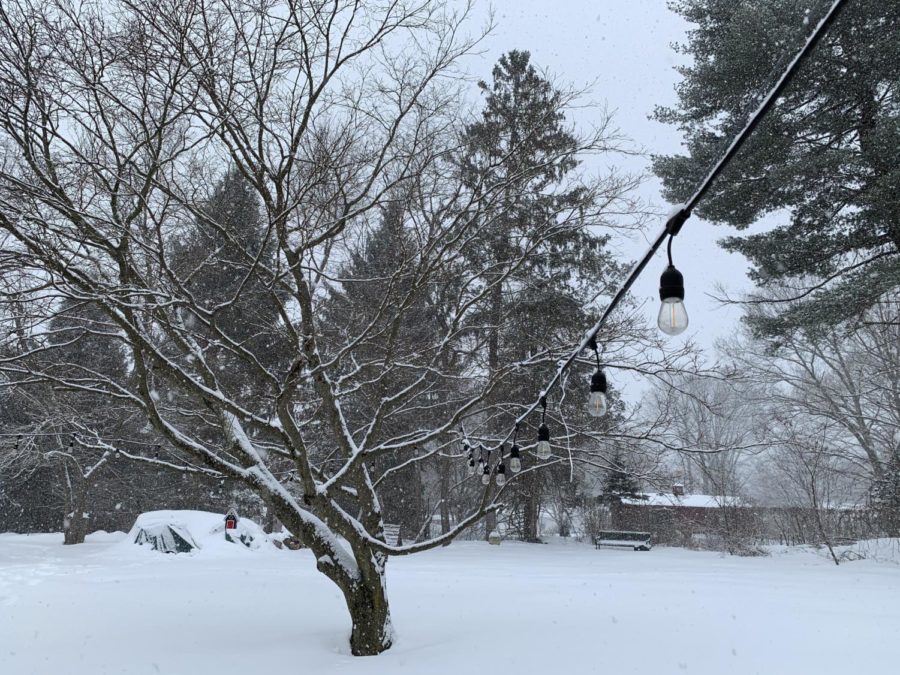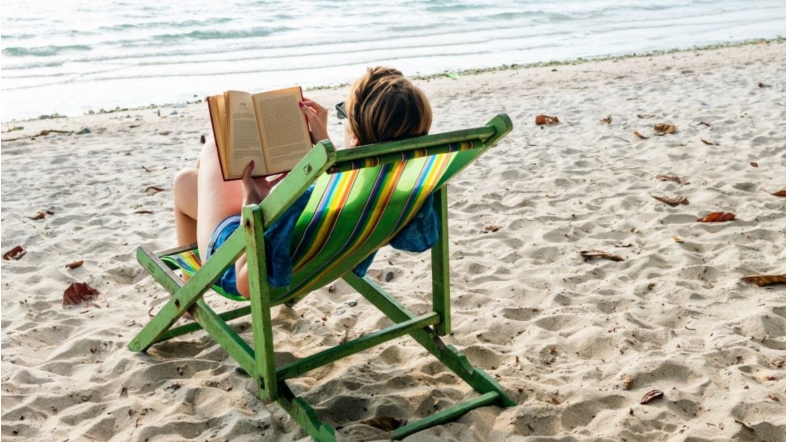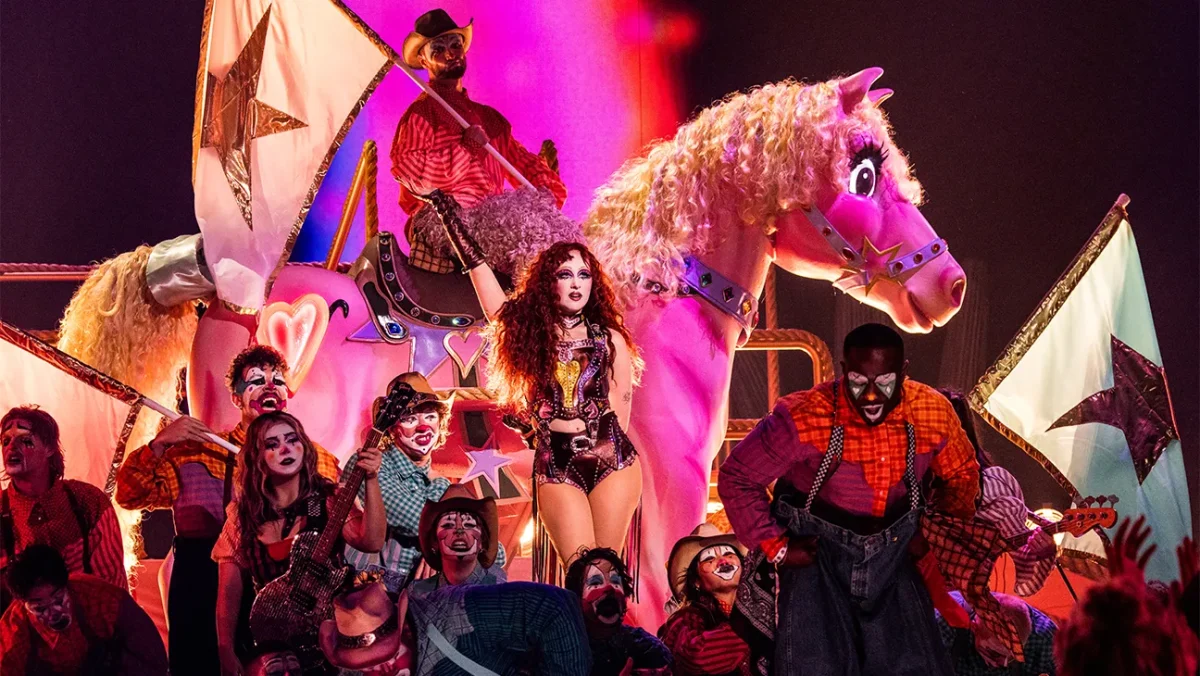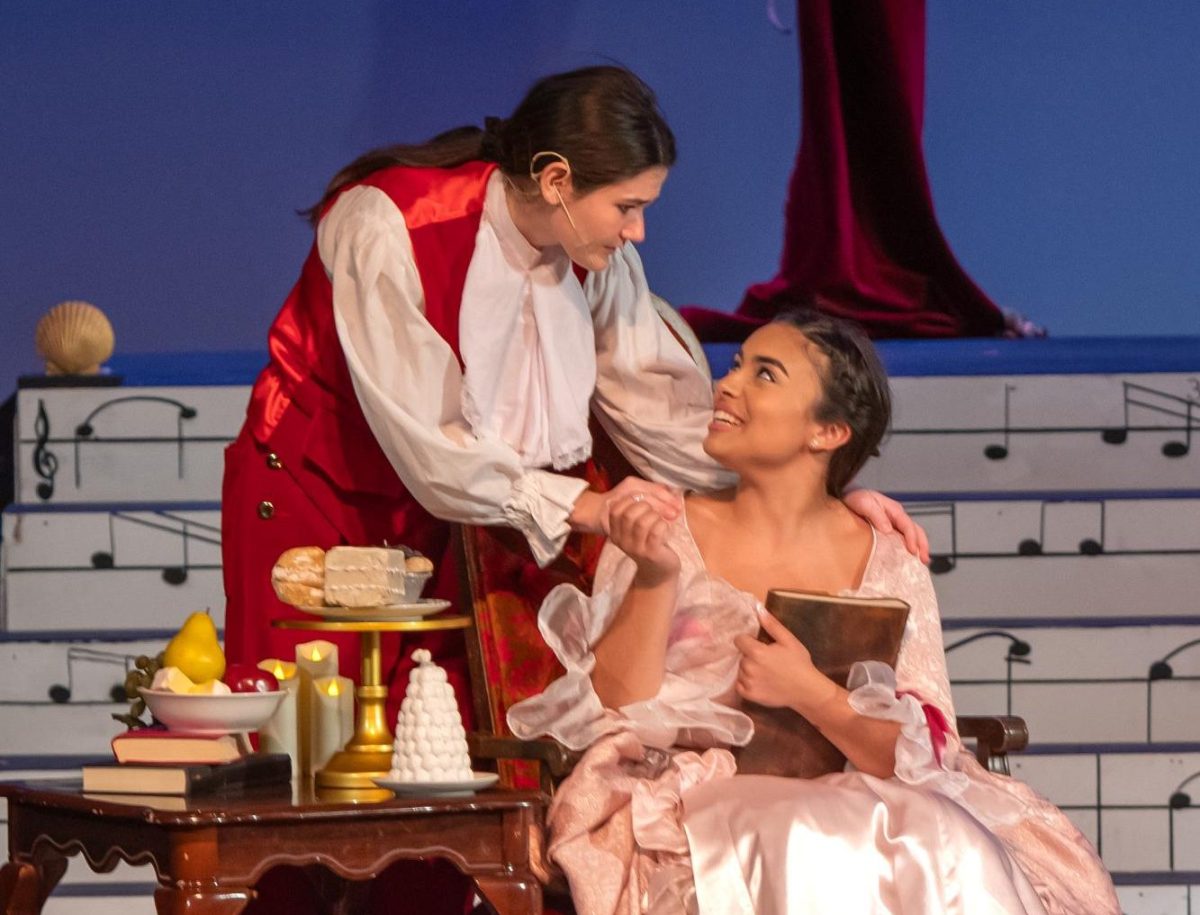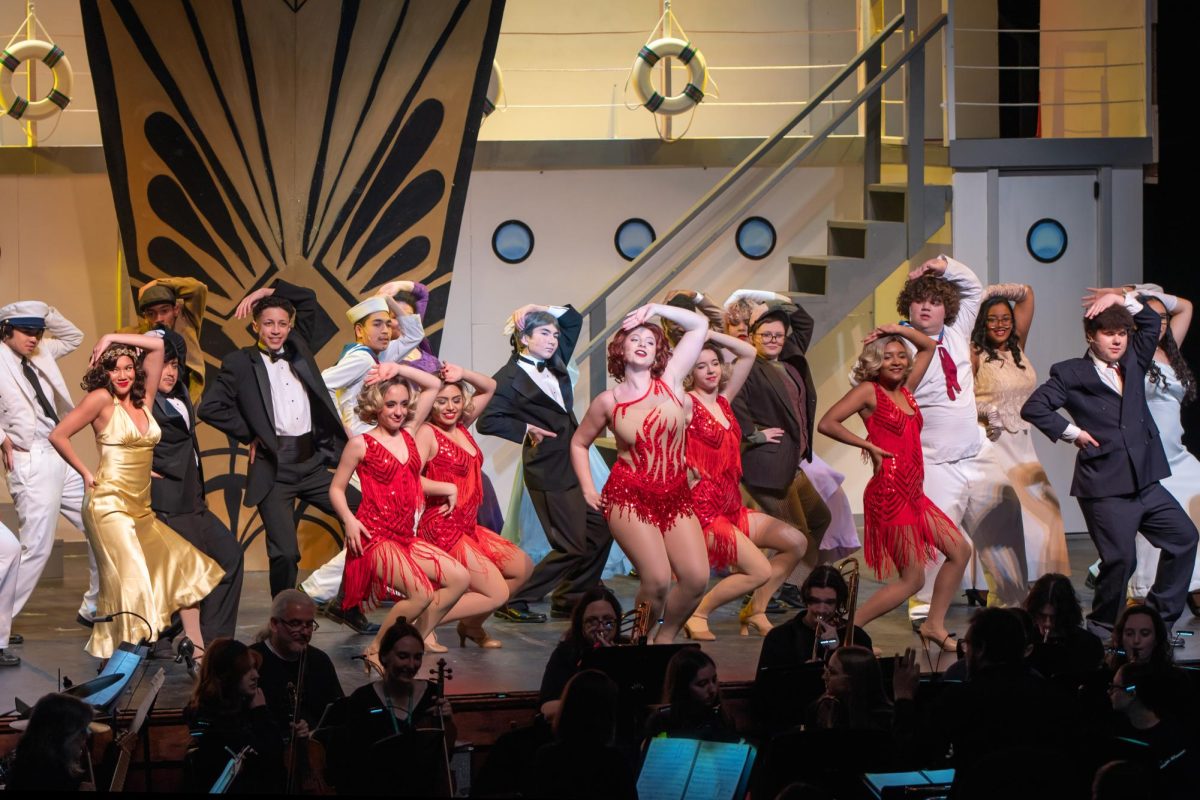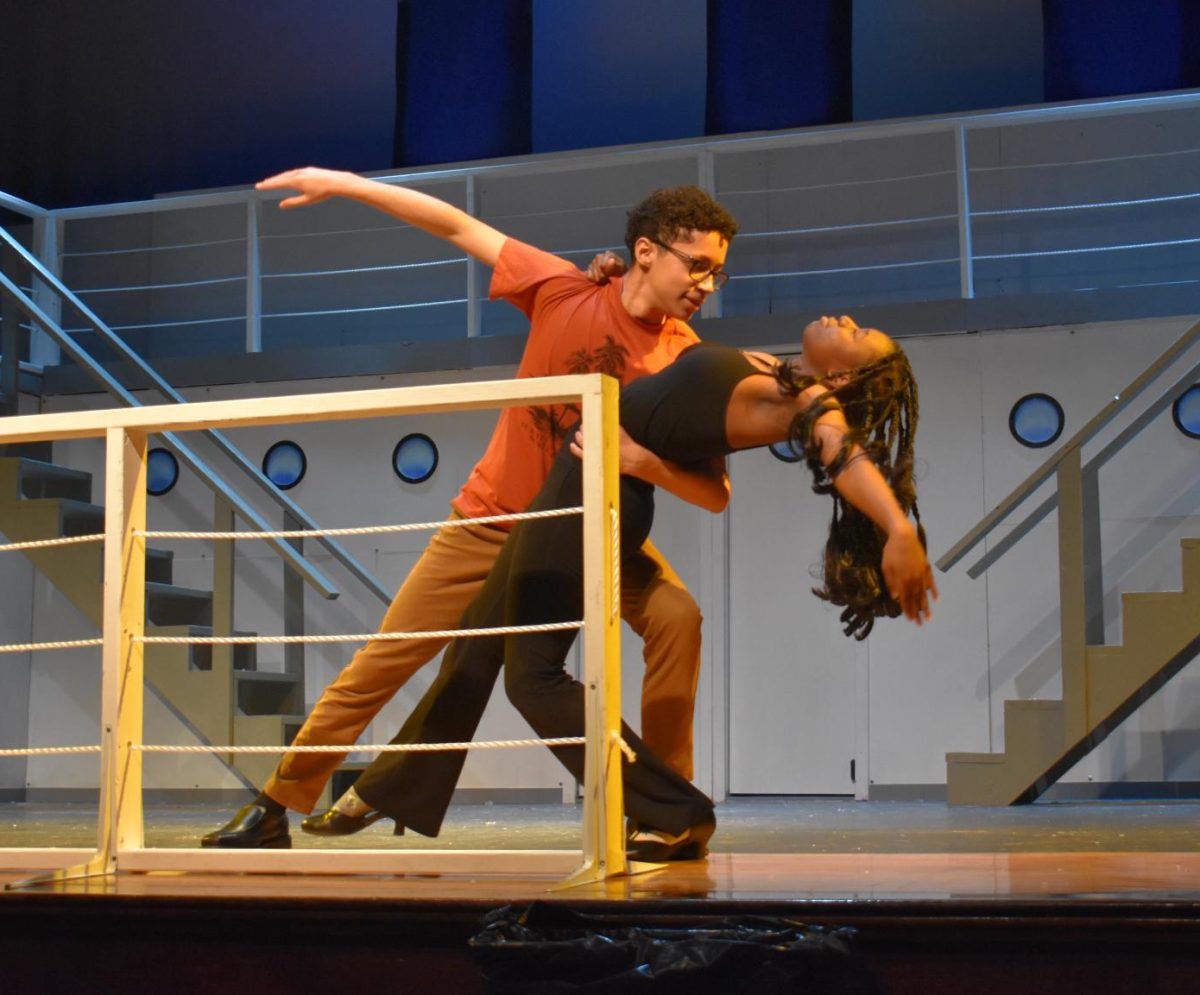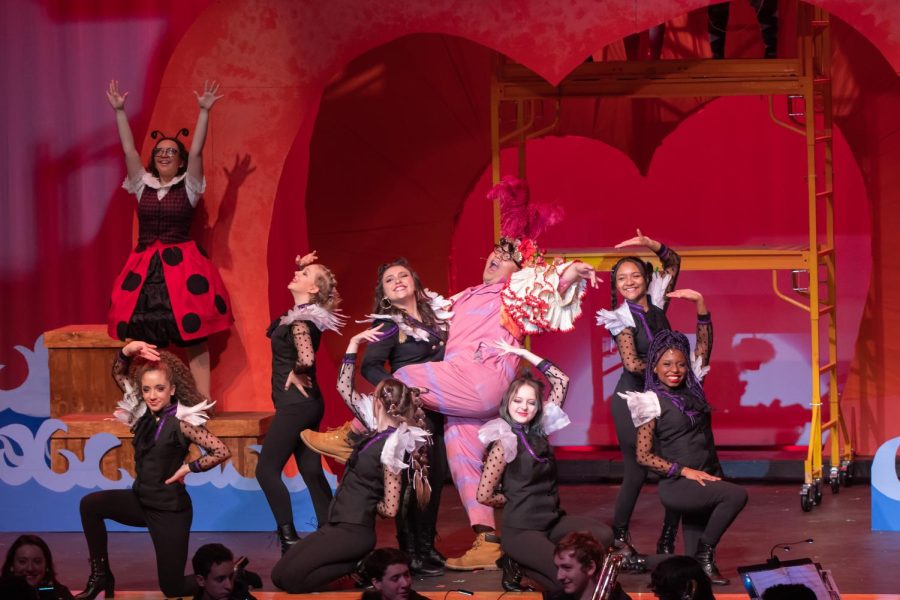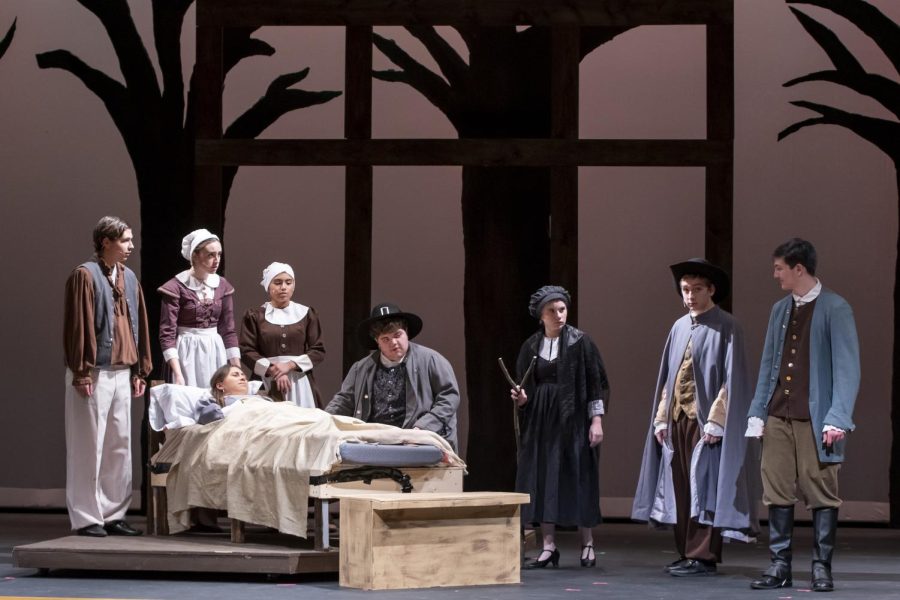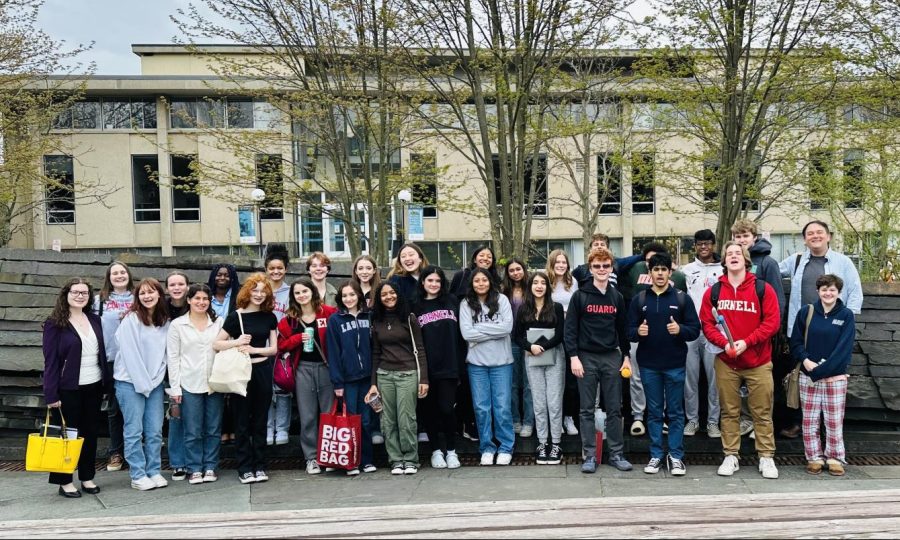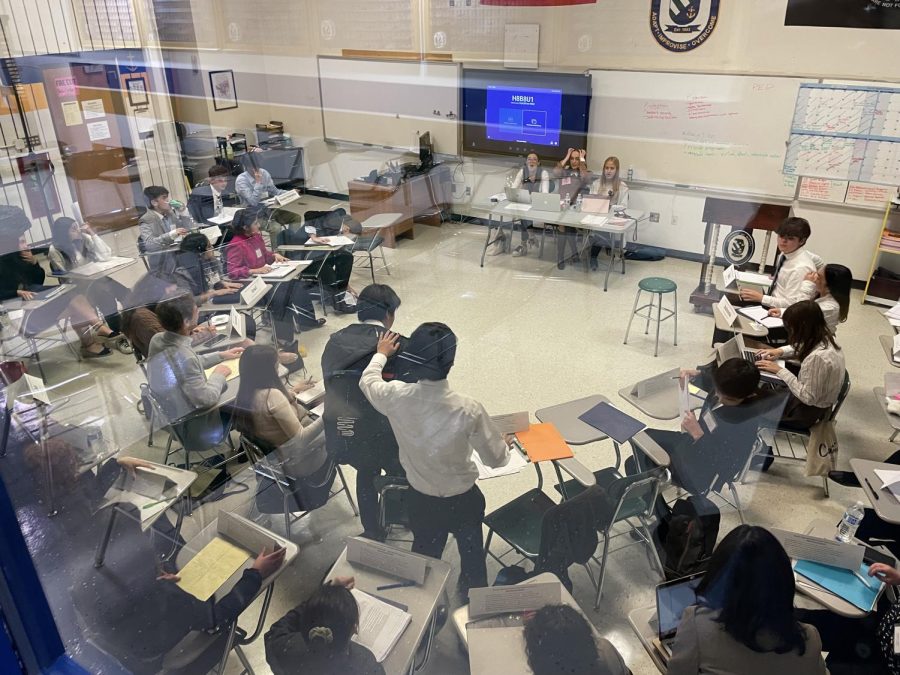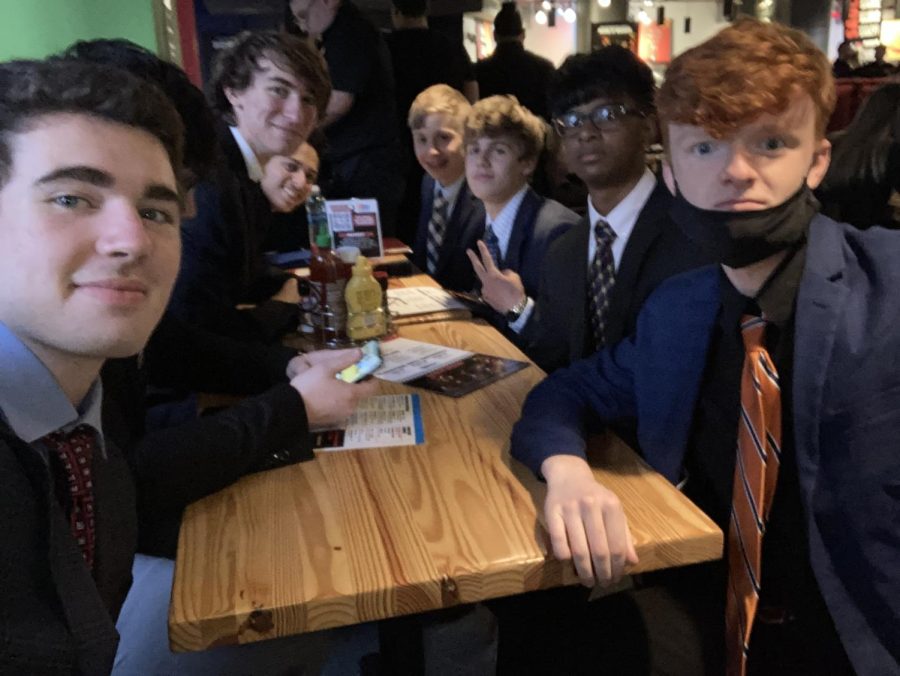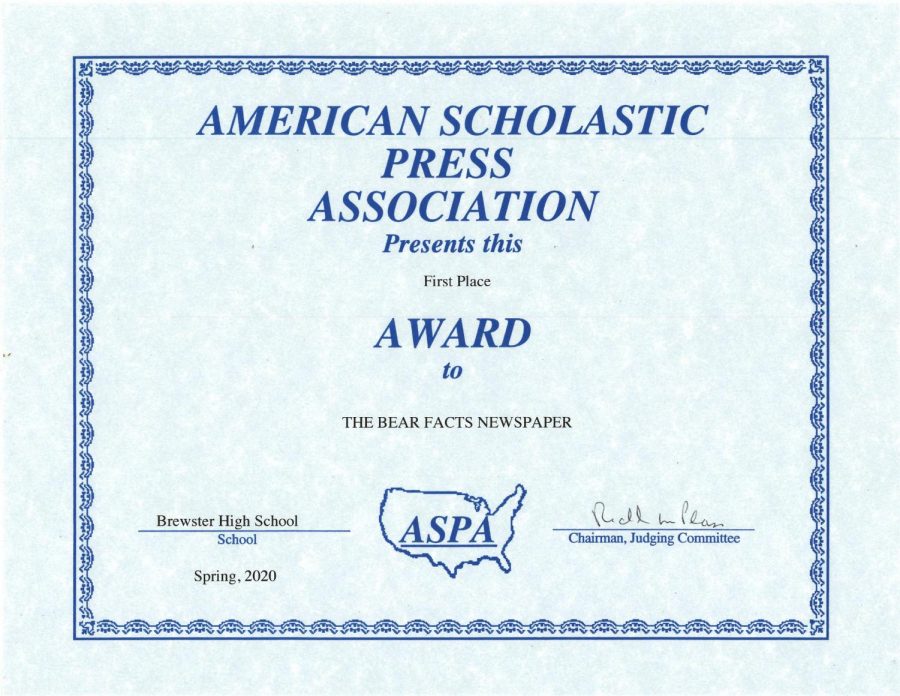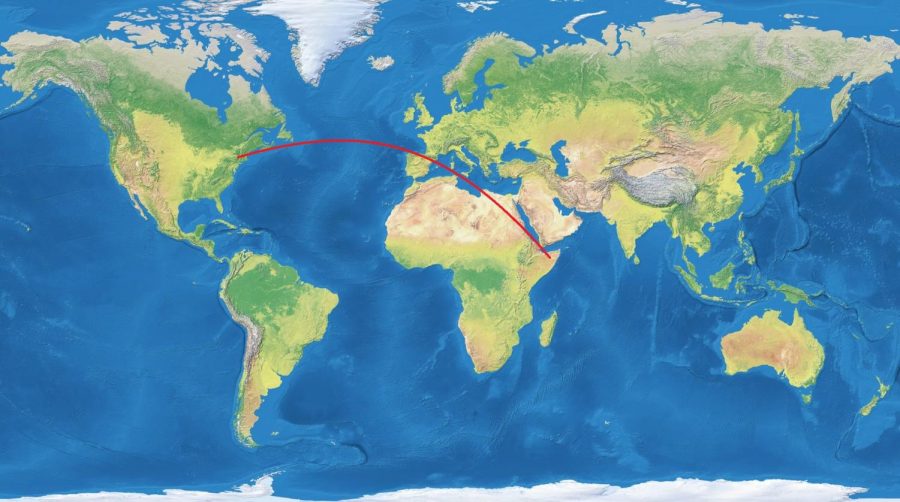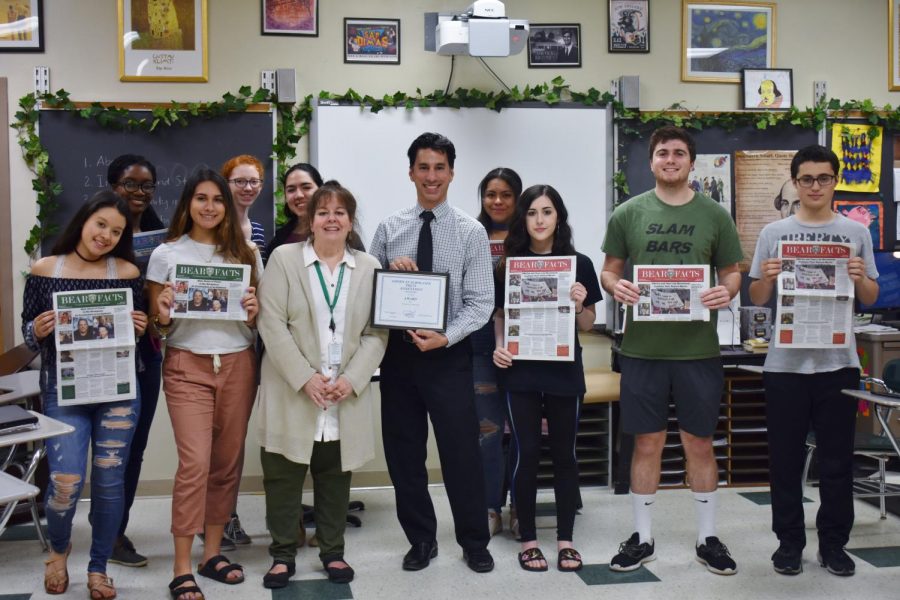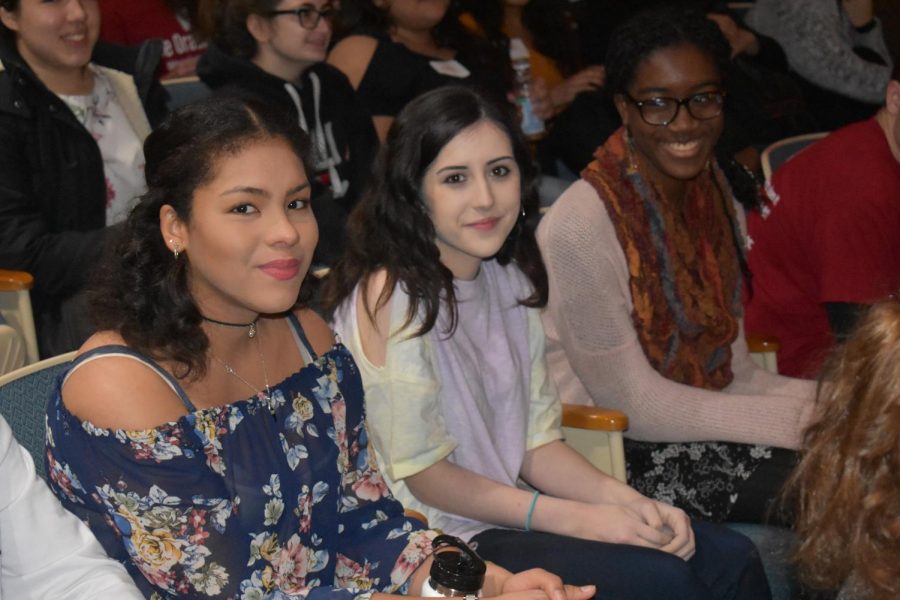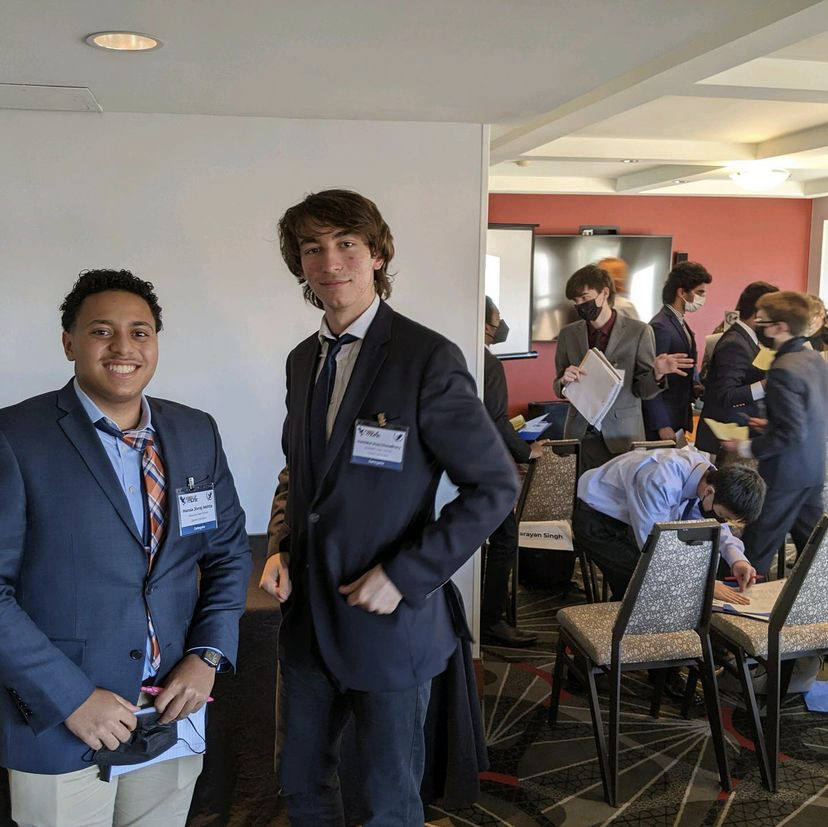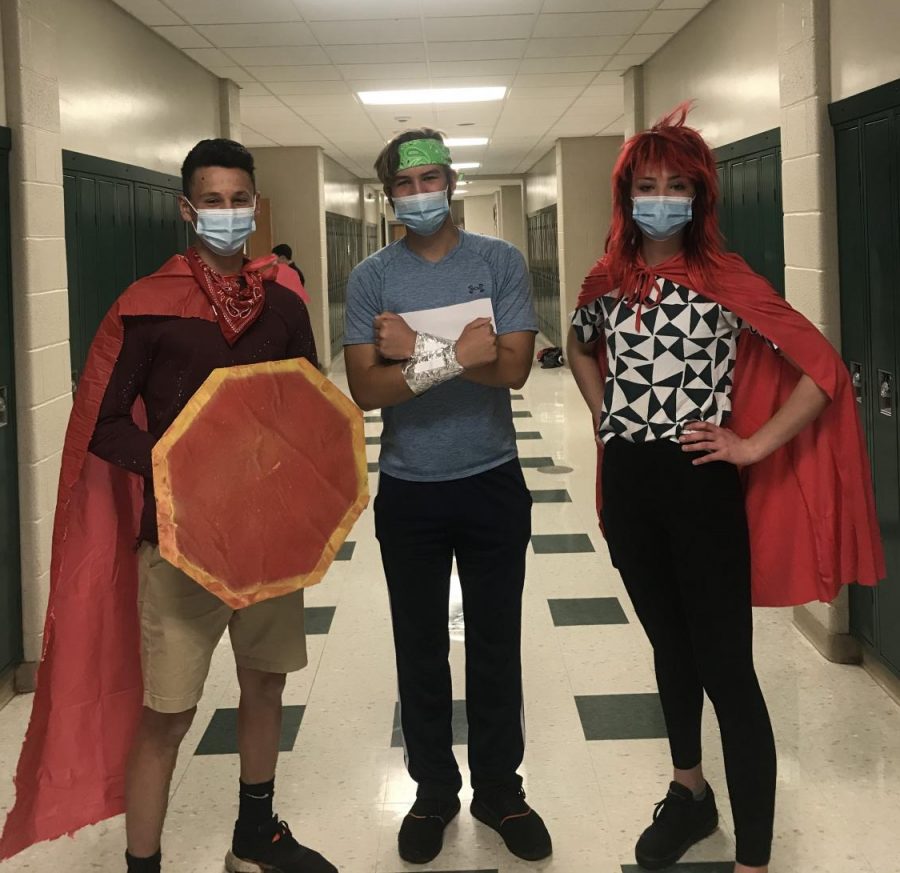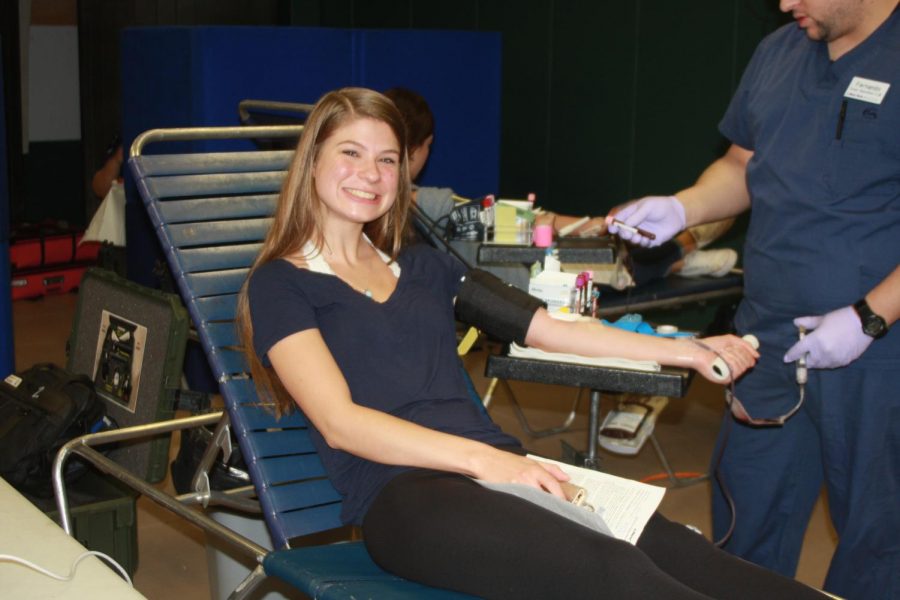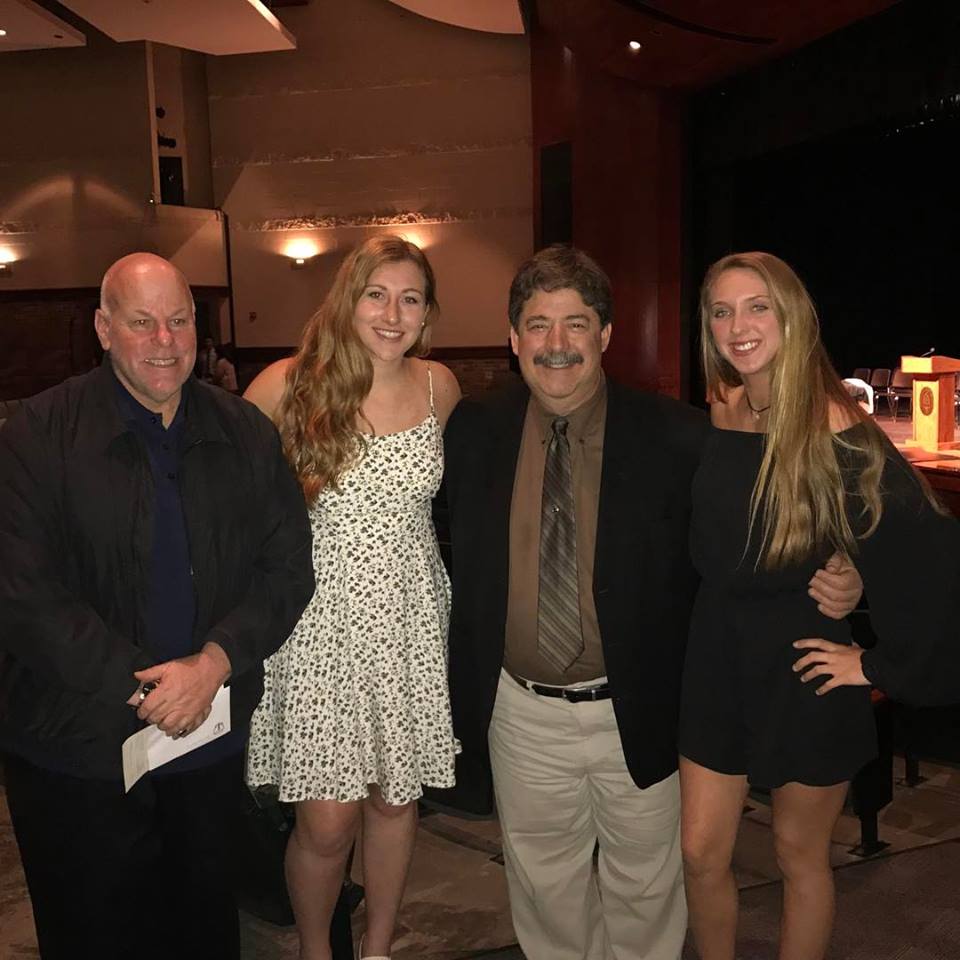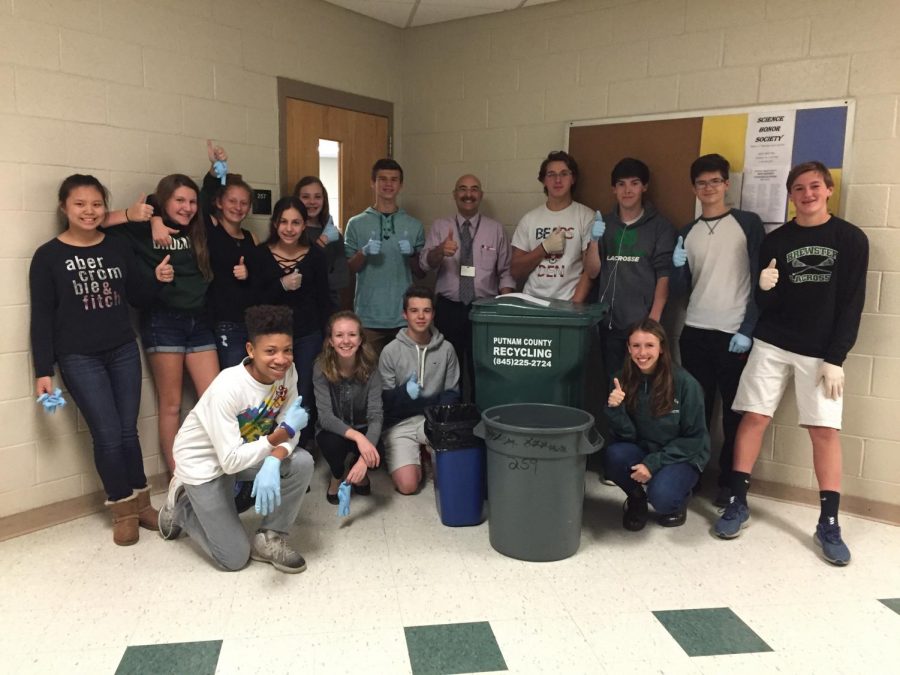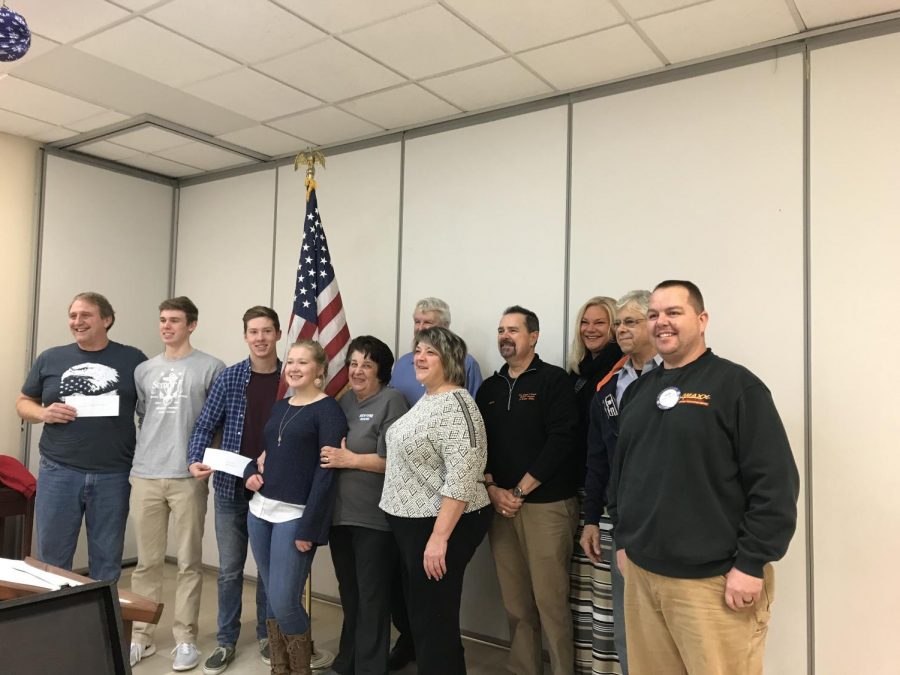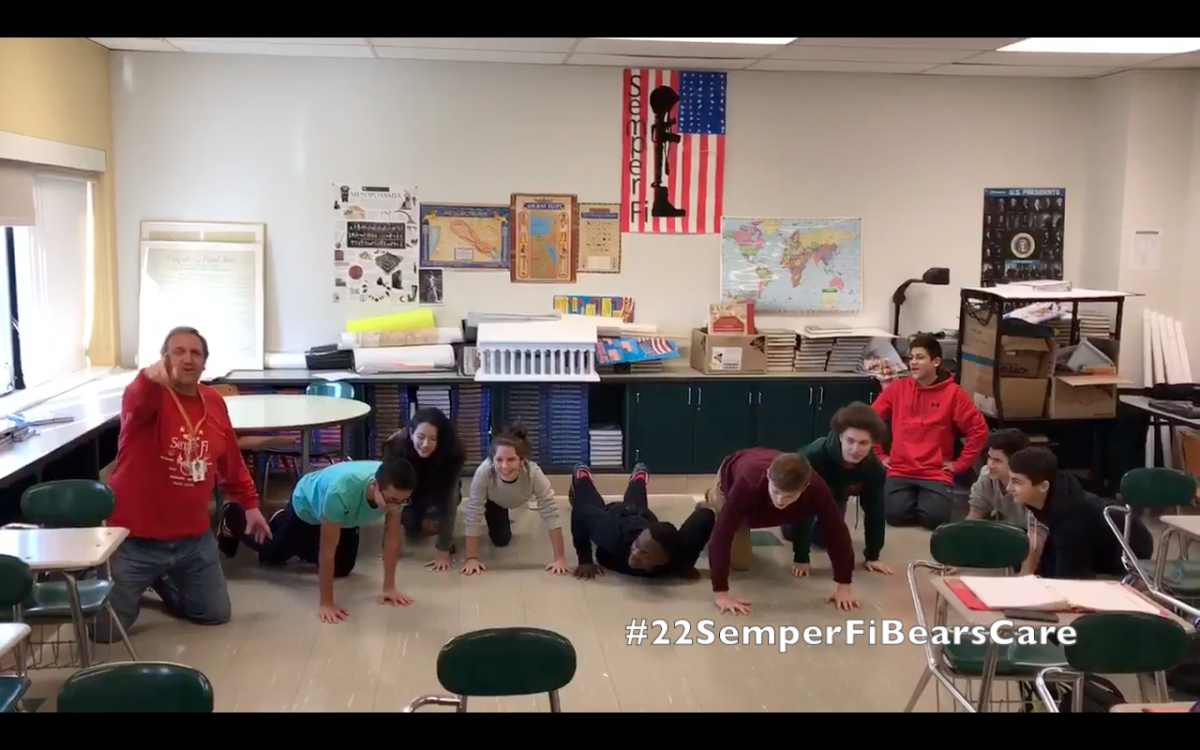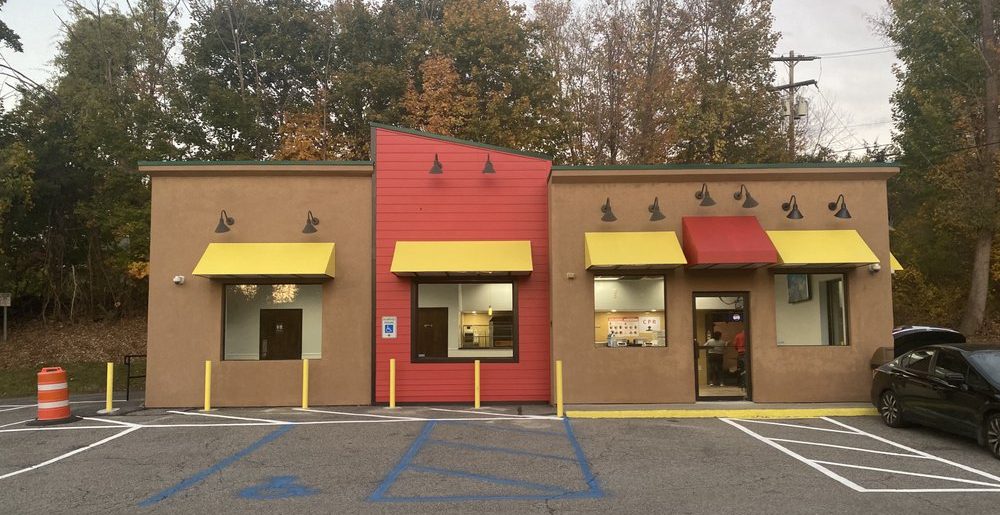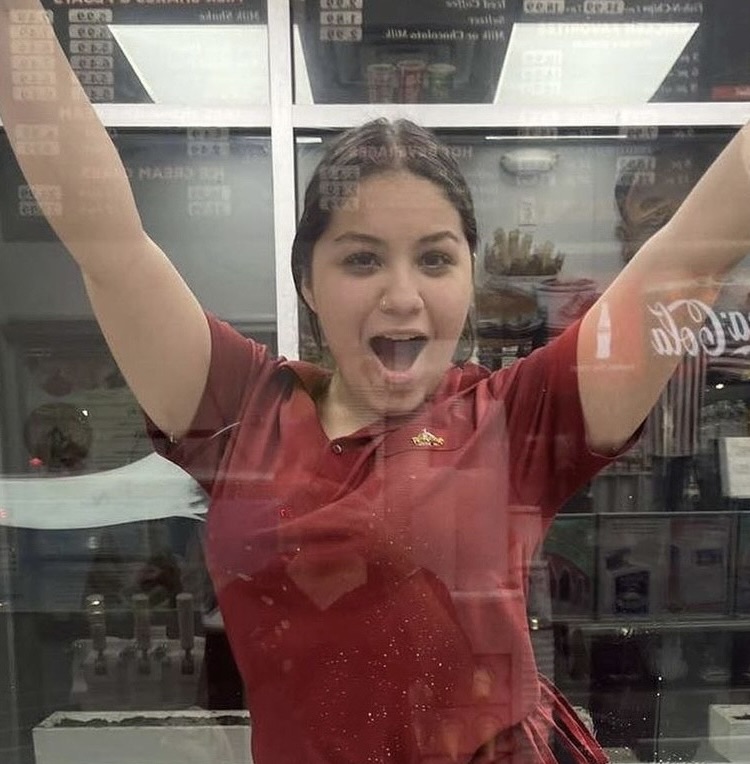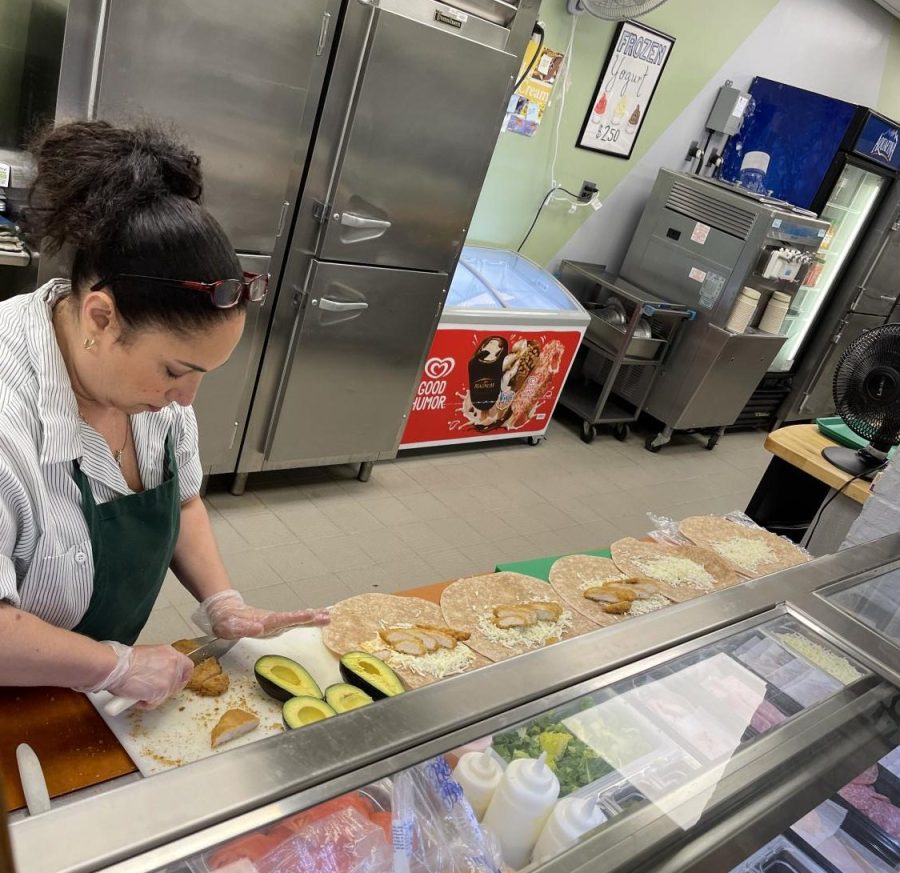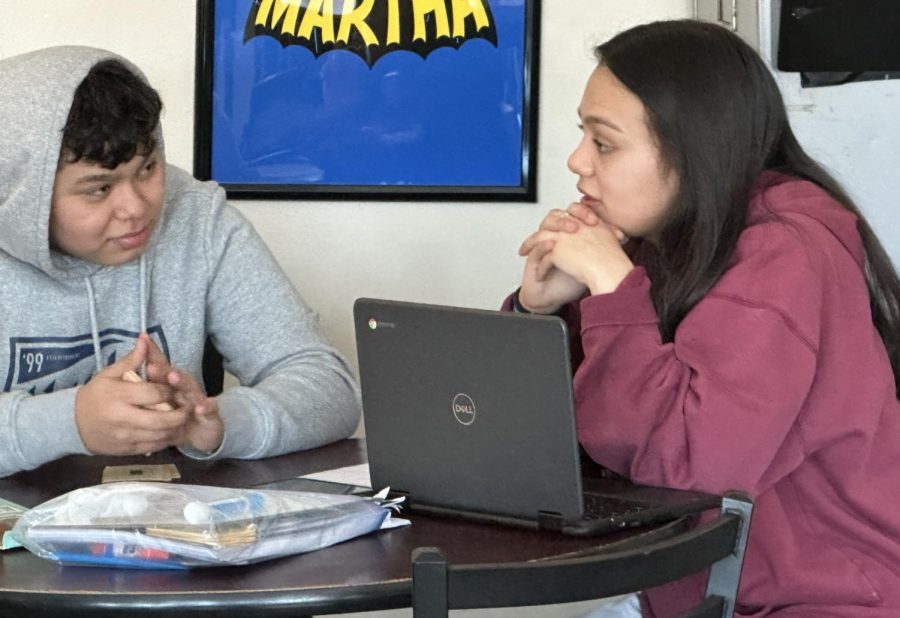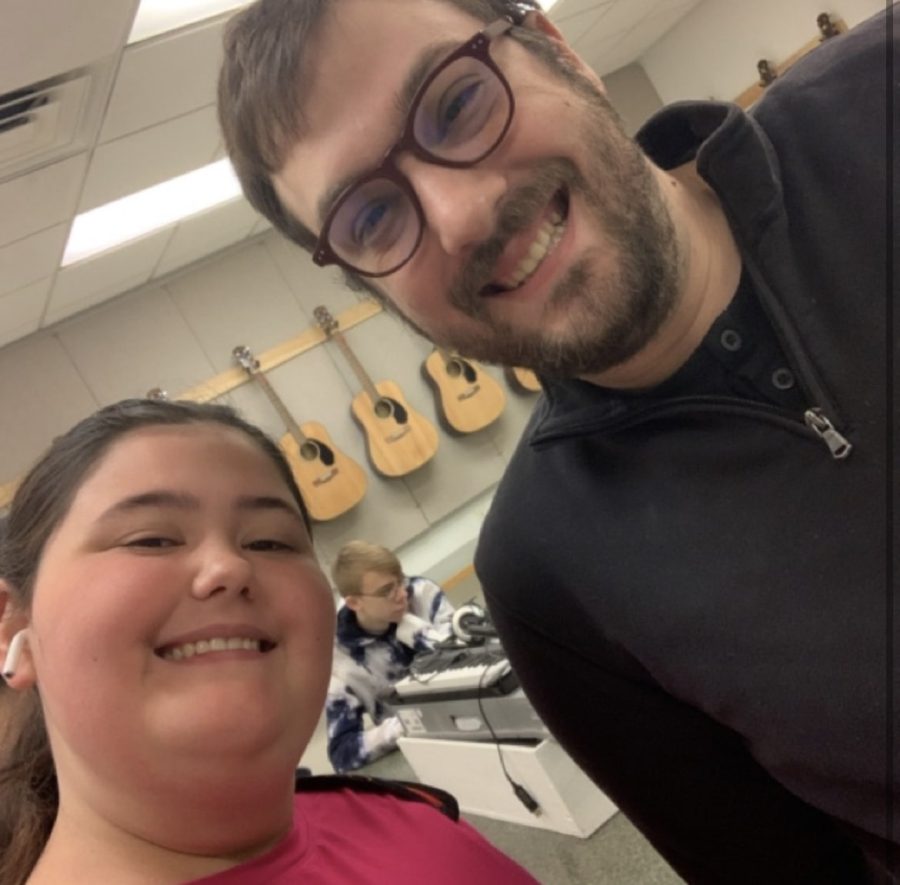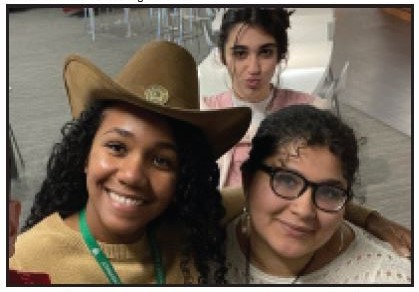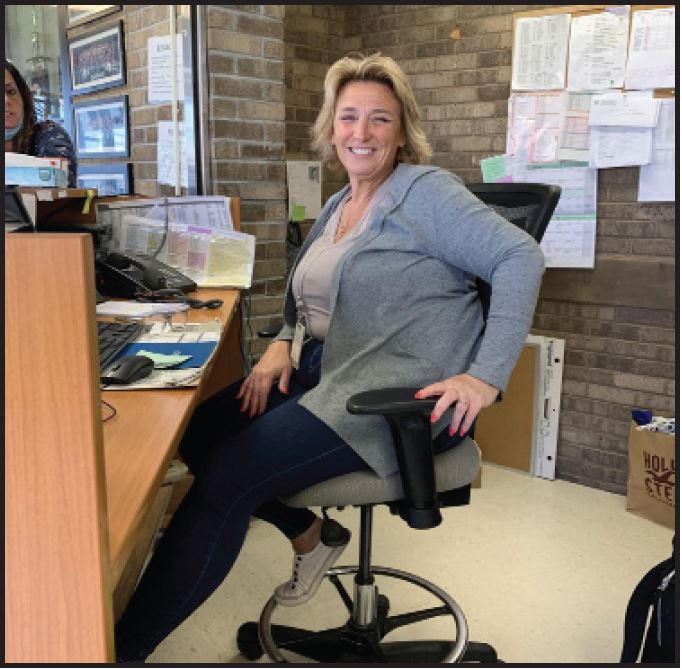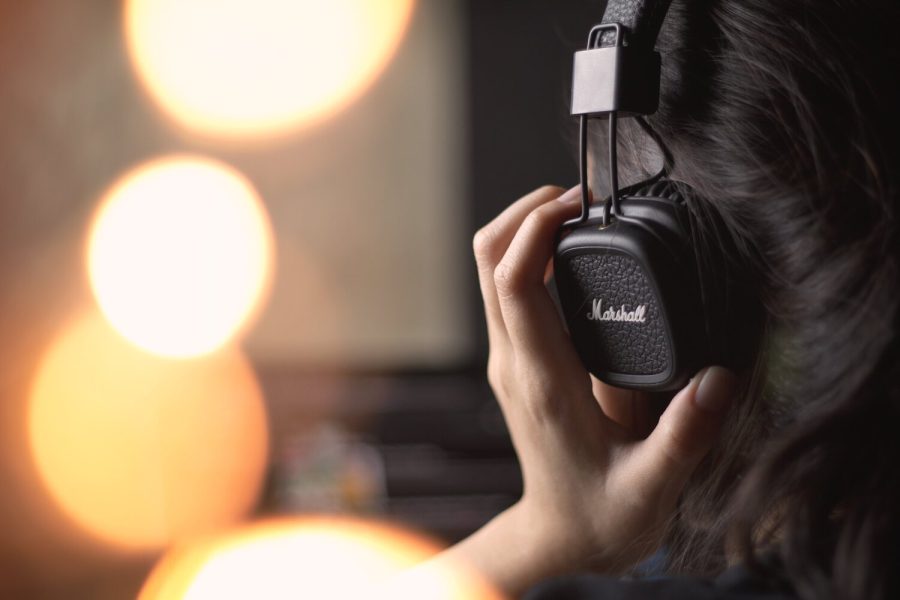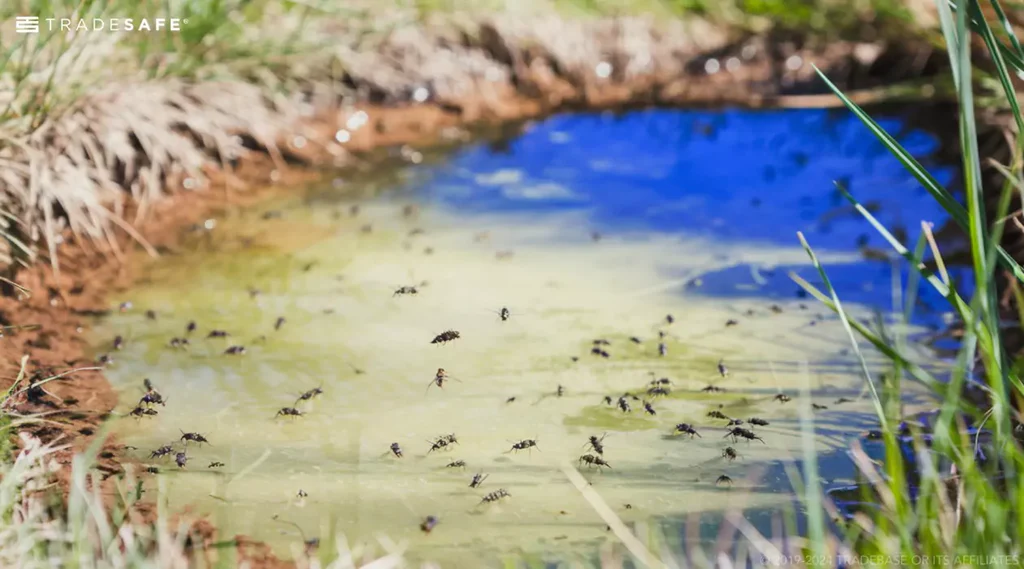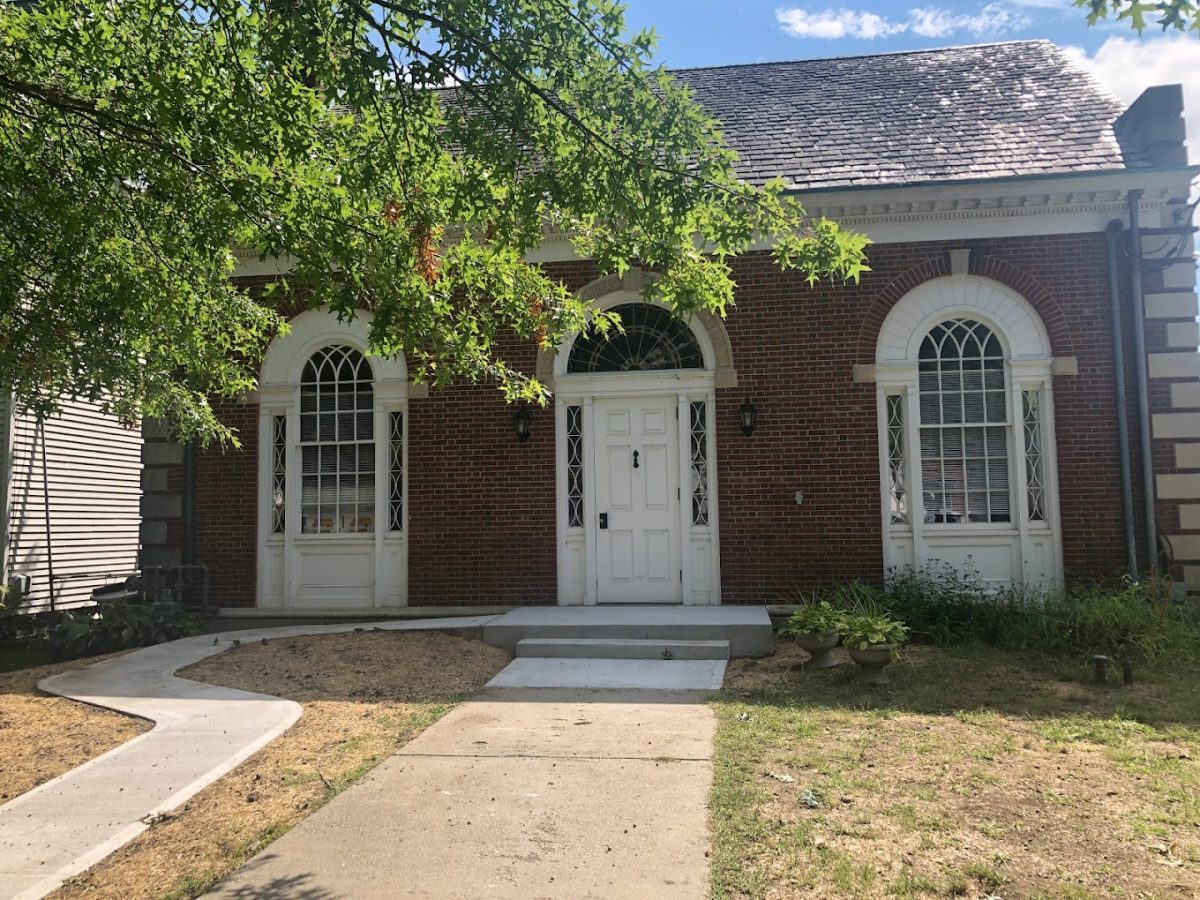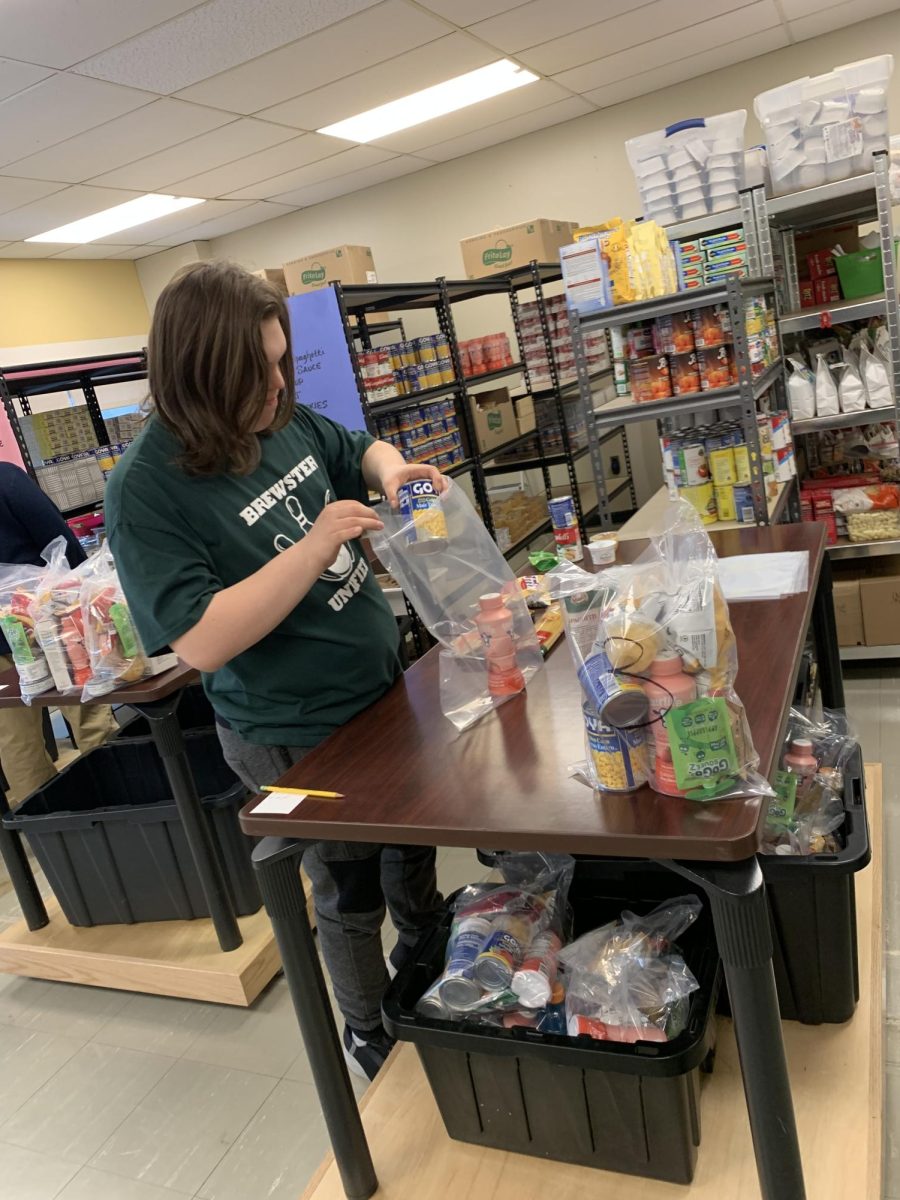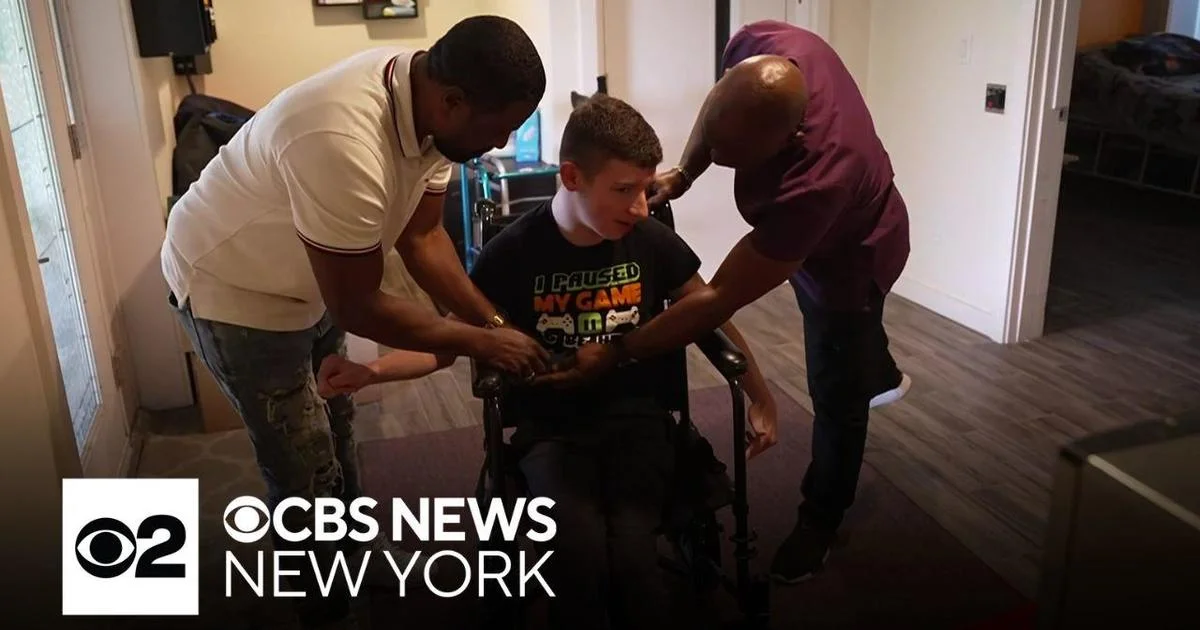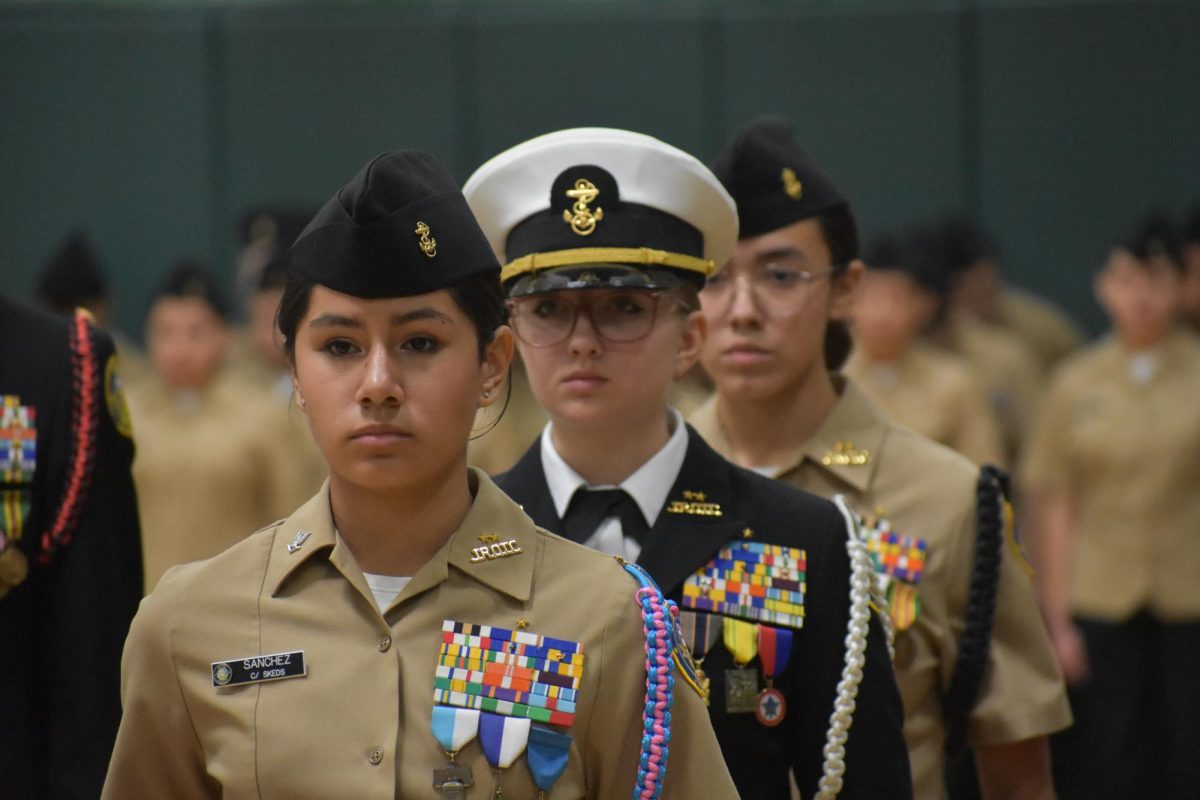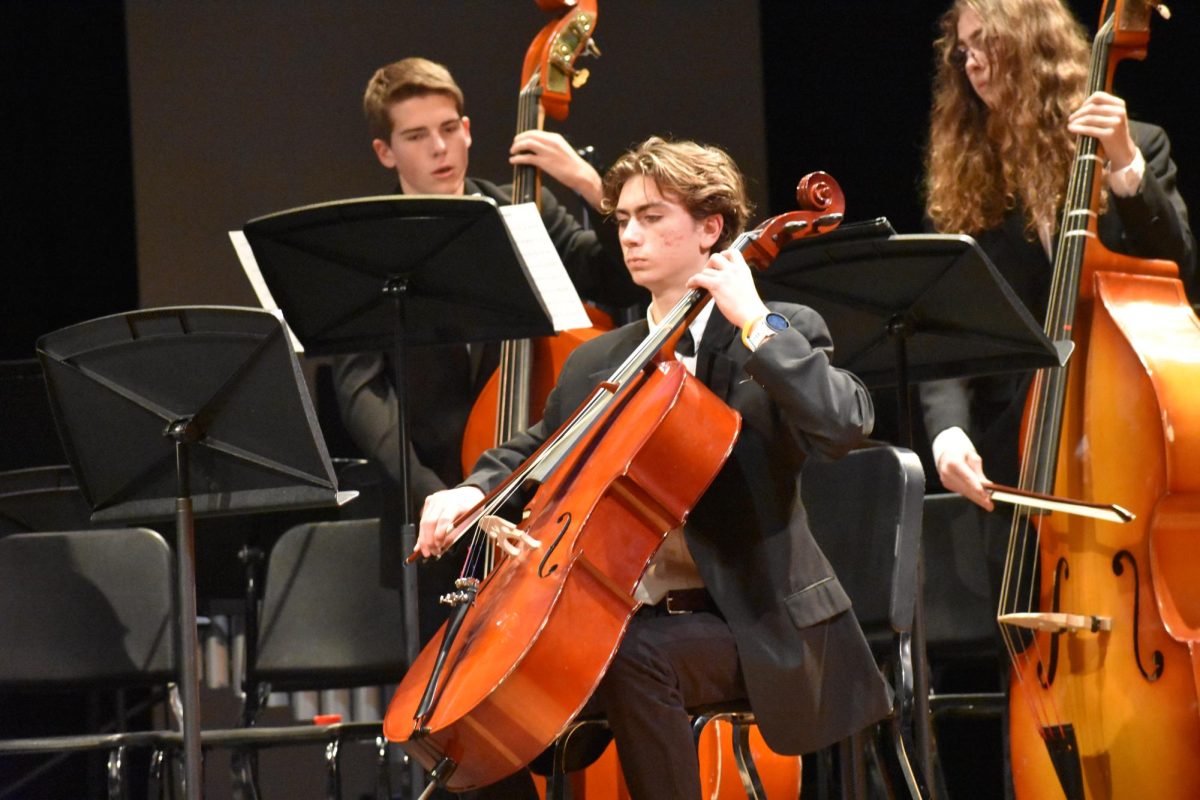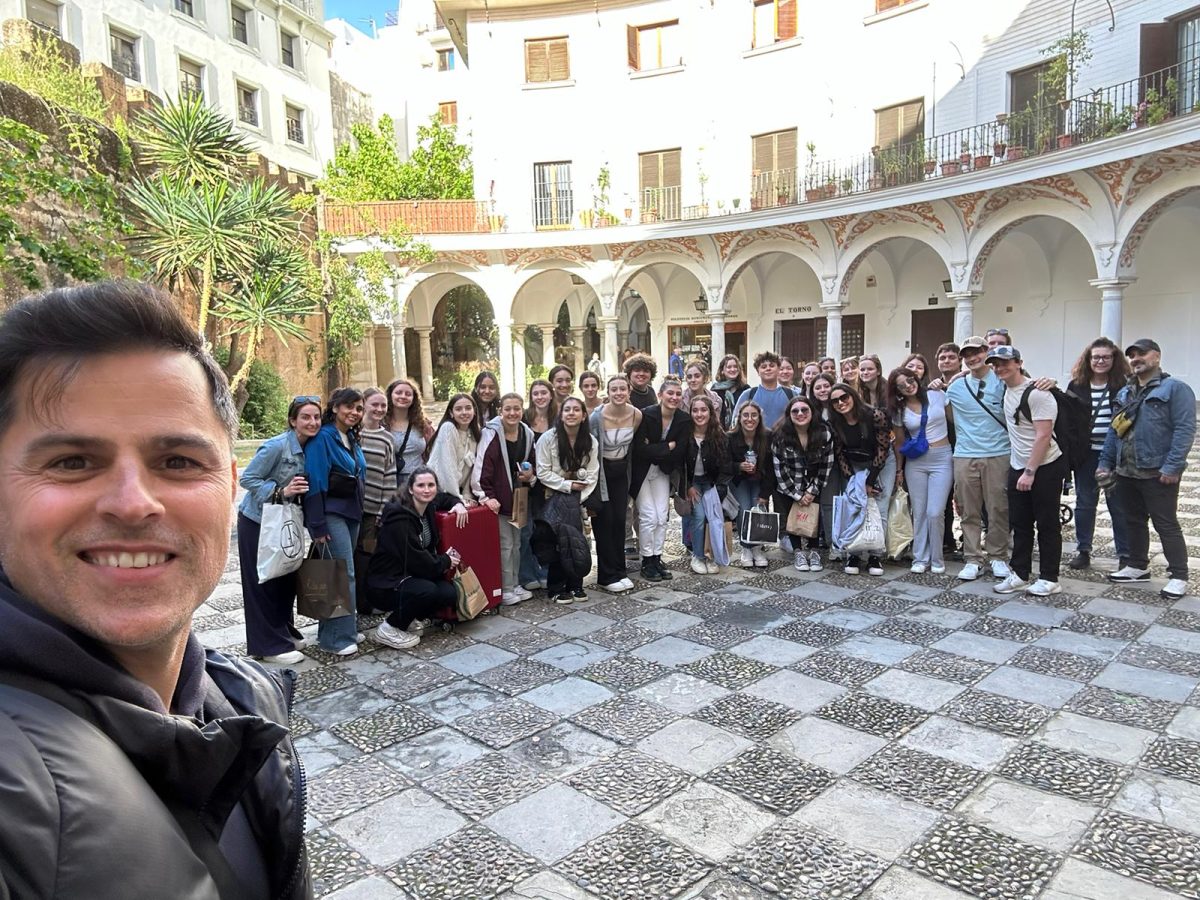This past spring break, several students along with a handful of teachers and administrators, headed on their annual global trek across the pond and landed this time in Spain. We tapped two of our writers to cover their experiences with this once in a lifetime experience.
Throughout the Spain trip, the group got to see so many amazing places. We were able to witness many types of incredible architecture, art, and scenery throughout our seven-day stay. Here are the top five places, in our opinion, that we were able to see, though all were memorable.
Costa Del Sol
Though our visit to Costa Del Sol was only a two-night stay, it was arguably one of our favorite places that we were fortunate enough to be able to visit. Costa del Sol is a region in South Spain made up of small coastal towns and communities in Málaga. During our stay, our hotel was only a street away from the beach. On our final day of the trip, the students got the whole day to explore the town, with many choosing to swim in the Mediterranean Sea and spend the day on the beach. The water was definitely freezing, but it was an amazing experience with beautiful views. Along with the beach, we could also walk the boardwalk, where there were many different shops and restaurants along the water. Overall, Costa Del Sol was our top place to visit on the trip.
Alhambra
Alhambra is a fortress inside Granada, Spain. It is one of the best-preserved examples of Islamic architecture and art. During our stay, we took a day trip to Alhambra to visit the palace of the Moorish rulers. The Alhambra is a beautiful example of the mingling of cultures in Islamic Spain, as the different Christian and Islamic architecture is apparent. While visiting Alhambra, we were able to visit the gardens, which was definitely a highlight and a unique experience. Alhambra is beautifully preserved and looks as though it were encase
d in time. It was an amazing experience to be able to witness the views from the castle, which was on top of a hill. The images of the castle and gardens will forever be seared into our minds.
Prado Museum
The Prado Museum is located in central Madrid and is also the main Spanish national art museum. The Prado Museum has a collection of art dating back to the 12th century and is so interesting because it was started from the royal family’s art collection. The royal family wanted to prove to the rest of Europe that Spanish art had just as much merit as any other. We were able to see art made by Francisco Goya and El Greco. The museum was extremely fun, and was very cool to hear the backstories of some paintings that we have seen before. At the end of our tour through the museum, we were given a chance to go and visit the gift shop to buy a memento of the experience.
Toledo
Toledo is a unique city that is surrounded by the Río Tajo, which has a deep gorge encircling the mountains. Christianity, Judaism, and Islam all coexist in the narrow and hilly streets of this city. This is seen through the Spanish cathedrals, Moorish mosques, and medieval synagogues laid throughout Toledo. The history of this city is never-ending, but the thing about Toledo is their craftsmanship. Toledo’s steel is a vital part of its history. Steel is historically known for being hard and, in the past, has been used for traditional sword-making and metal-working cente
rs since about the Roman period. It soon became a standard source of weaponry for the Romans. (Very Percy Jackson coded.) During our visit, we got to see a blacksmith shop, where we watched a blacksmith make a sword and demonstrated the process of traditional sword-making. Seeing the process of sword-making and learning about its history was enlightening to say the least.
Seville Cathedral
This gothic cathedral is very special to Spain’s history. Inside the cathedral’s doors is a massive monument to Christopher Columbus. His tomb is held up by four figures, representing the four kingdoms of Spain during Columbus’ life. Although it is his final resting place today, it was not for a long time. Following his death, Columbus’ tomb was moved from Seville to Santo Domingo, Cuba. Eventually, he was returned to Seville; however, the moving process caused a significant amount of his remains to be lost. Today, in the Seville Cathedral, about 30 of Christopher Columbus’ bones remain.
On this trip, we were able to experience several different aspects of Spanish culture. From the food to the people, we were completely immersed in the reality we had only ever heard about before. Through the tours we were able to participate in, we got to see many examples of Spanish architecture and how it changed throughout the years. We saw so many churches and castles, even one that is still in use by the royal family today. We had wonderful tour guides who taught us all about their city and the amazing qualities of it that made it home. Seeing it through their eyes gave us a unique experience, as we were in an amazing position to visit their favorite local places as well as the main tourist attractions and see both sides of Spain.
Outside of the educational side of this trip, there were a lot of moments for us to explore on our own. We got to see different aspects of the cities that we were staying in and explore the local spots, like cafes and restaurants. We could go and see the places that interested us and learn more about what people our age do in the different cities we visited. From Madrid to Costa Del Sol, I truly do not think there is a way to sum up how amazing this experience was. I know that we learned so much, and we will take what we have learned about Spanish culture with us as we continue our education. Thanks to the staff who made this trip what it was. This trip helped us see what we learned in school through different eyes and make memories that will last a lifetime.

















